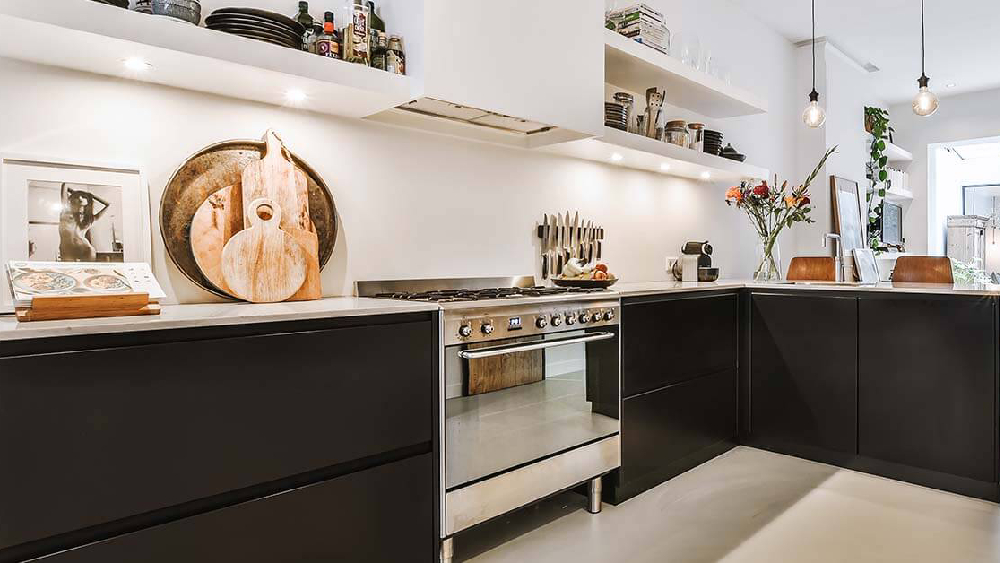

The first step in any kitchen remodeling project, especially on a budget, is to set a clear budget and prioritize your needs. Assess your kitchen and decide what needs the most attention. Do you need new countertops, more storage, or updated appliances? Once you've identified your main priorities, allocate your budget accordingly. It's crucial to be realistic about what you can afford, and setting a clear budget will help you make better decisions and avoid unnecessary expenses down the road.
One of the most cost-effective ways to remodel your kitchen is by focusing on cosmetic updates that make a big impact without breaking the bank. Simple changes like painting cabinets, installing new hardware (such as knobs and handles), and replacing old light fixtures can refresh your kitchen’s look without requiring a major renovation. A fresh coat of paint on the walls or cabinets can completely change the vibe of the space and give it a modern, updated feel without the need for a full overhaul.
To save money, consider taking on some of the work yourself. Many kitchen updates, such as painting cabinets or installing a backsplash, can be done as DIY projects if you have the time and patience. There are plenty of online tutorials and guides available to help you through the process, so don’t be afraid to tackle smaller tasks on your own. By doing some of the work yourself, you’ll significantly cut down on labor costs and feel a sense of accomplishment once the project is completed.
One of the priciest elements of a kitchen remodel is replacing cabinets. A more budget-friendly alternative is to refinish or reface your existing cabinets. Refinishing involves sanding and painting the wood to give it a fresh look, while refacing involves replacing only the doors and hardware, leaving the cabinet frames intact. Both options can save you a significant amount of money compared to installing entirely new cabinets, and they can still transform the appearance of your kitchen.
When selecting materials for your kitchen remodel, it’s important to shop around and choose budget-friendly options that still offer durability and style. Laminate countertops, for example, are much less expensive than granite or marble but can still provide an attractive finish. Similarly, vinyl flooring or ceramic tile can mimic the look of more expensive materials like hardwood or stone without the hefty price tag. Be sure to compare prices at local stores and online to find the best deals on high-quality materials.
While replacing old appliances can be one of the more expensive aspects of a kitchen remodel, there are ways to update your appliances without overspending. If your appliances are still functional, consider giving them a makeover with appliance paint or using peel-and-stick decals designed to resemble stainless steel. If you do need to replace appliances, look for sales, buy gently used items, or choose energy-efficient models, which may save you money in the long run through lower utility bills.
Effective use of space and smart storage solutions can make a huge difference in the functionality and appearance of your kitchen. Instead of completely overhauling your cabinets, consider adding inexpensive solutions like pull-out shelves, spice racks, or under-cabinet organizers. These small upgrades will maximize your kitchen’s storage capacity, making it feel more organized and efficient without requiring a major renovation. In many cases, simply decluttering your kitchen and reorganizing the space can make a dramatic difference in how it functions and feels.
We are dedicated to transforming your living spaces with expert renovation, design, and upgrading services, tailored to meet your unique style and needs.